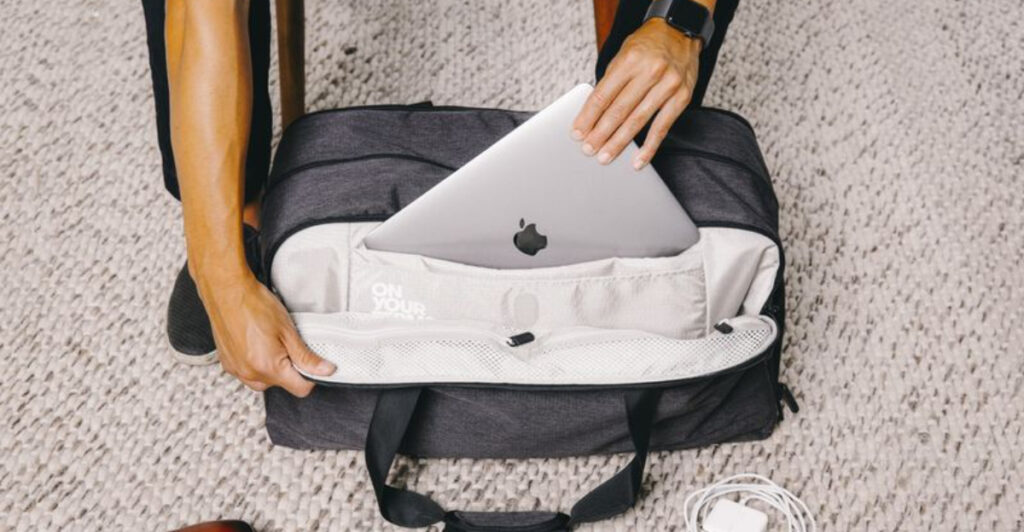Flight attendants practically live out of carry-on bags, mastering the art of efficient packing through countless trips around the world. Their survival depends on fitting everything needed into compact spaces while navigating strict airline regulations. After years of trial and error at 30,000 feet, these aviation professionals have developed foolproof strategies that turn chaotic packing into a streamlined system. Ready to pack like a pro and never check a bag again?
1. Stage your liquids for speed
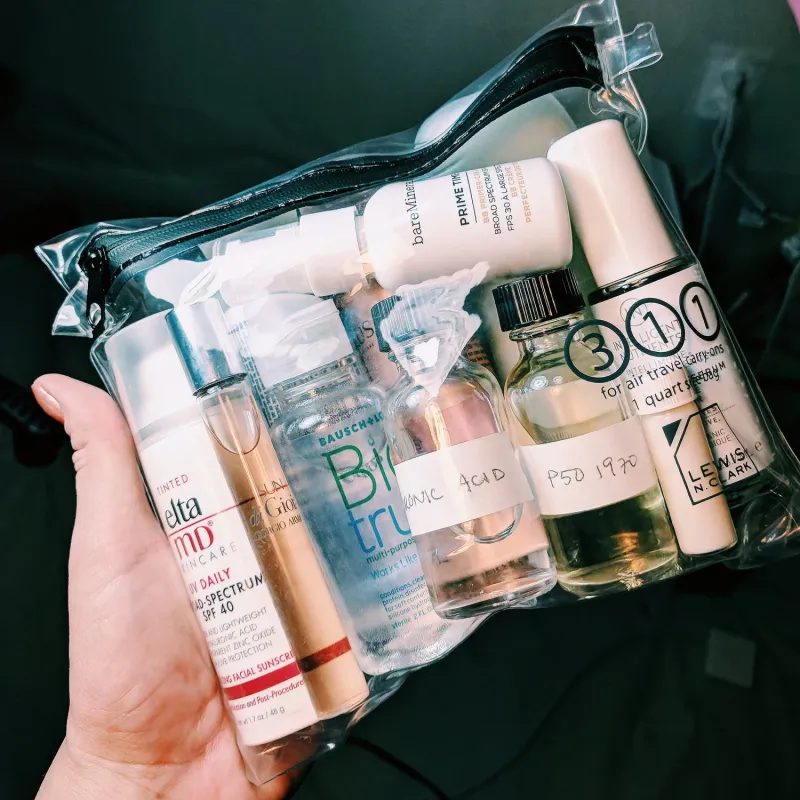
Smart flight attendants prepare their liquid containers before even approaching security. They pre-pack a clear, quart-size bag with all liquids, gels, and aerosols in containers of 3.4 ounces or less, following the TSA’s famous 3-1-1 rule.
The key trick involves placing this prepared bag in an outer pocket of your carry-on for lightning-fast access. When security asks for your liquids, you simply grab and go instead of frantically digging through your luggage.
This simple preparation saves precious minutes and reduces stress during the screening process, keeping both you and fellow travelers moving smoothly through the checkpoint.
2. Shrink your liquids by going solid
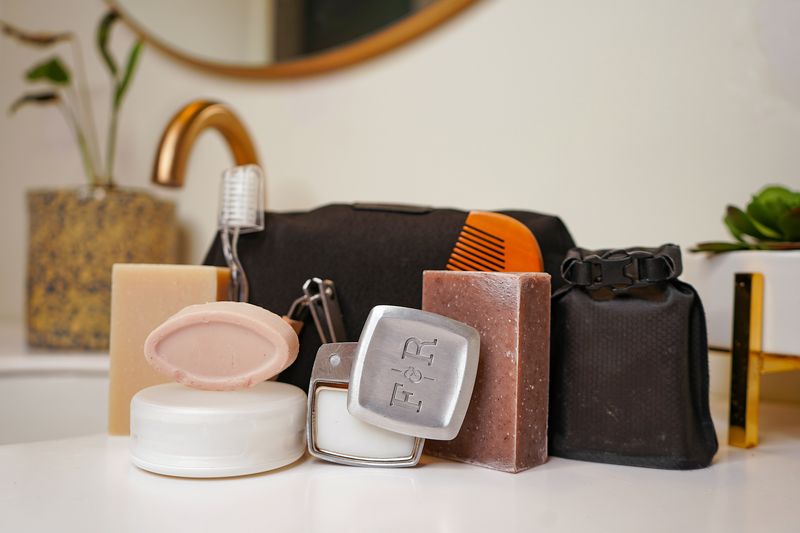
Experienced crew members discovered a game-changing loophole in liquid restrictions. Solid alternatives like bar soap, shampoo bars, conditioner bars, deodorant sticks, and toothpaste tablets completely bypass the 3.4-ounce liquid limit.
Bar soap receives explicit approval for carry-on luggage, making it a reliable choice for frequent travelers. These solid swaps often last longer than their liquid counterparts and eliminate any risk of messy spills in your luggage.
For necessary liquid medications, you can bring more than 3.4 ounces in reasonable quantities, but remember to declare them during security inspection for smooth processing.
3. Keep power banks in your carry-on
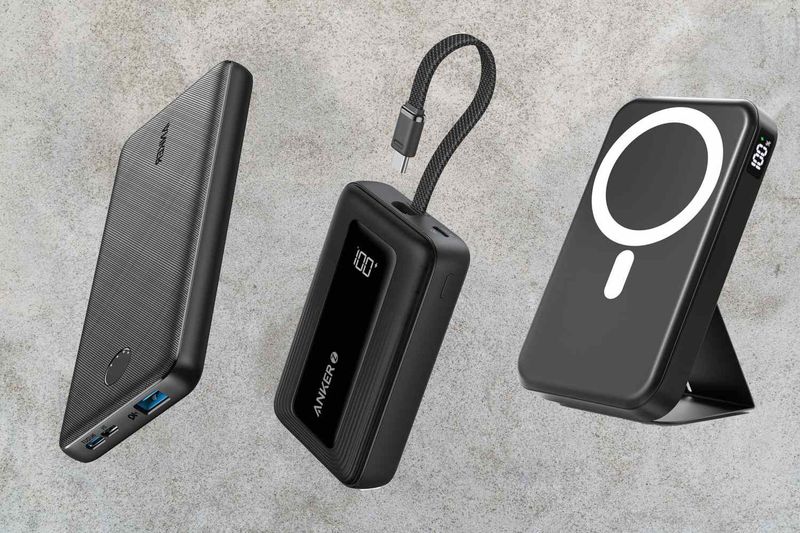
Aviation safety regulations strictly require spare lithium batteries and power banks to travel in carry-on luggage only, never in checked bags. Flight attendants learned this rule the hard way after witnessing confiscated electronics at security checkpoints.
Larger power banks between 101-160 watt-hours typically need airline approval before travel. Always protect battery terminals from potential short-circuits by using original packaging or covering contacts with tape.
This regulation exists because lithium batteries pose fire risks in cargo holds where crew cannot access them. Keeping them in the cabin ensures immediate response if any issues arise during flight.
4. Mind the powder rule on international returns

International flight crew members always warn about powder restrictions when returning to the United States. Powder-like substances exceeding 12 ounces or 350 milliliters in carry-on bags face additional screening requirements.
Security officers may refuse these items if screening issues cannot be resolved quickly. Protein powder, baby formula, coffee, spices, and makeup powders all fall under this regulation when traveling internationally.
Veteran flight attendants recommend packing large powder containers in checked luggage for international trips. This prevents potential confiscation and avoids delays during the already lengthy international arrival process.
5. Make electronics easy to reach
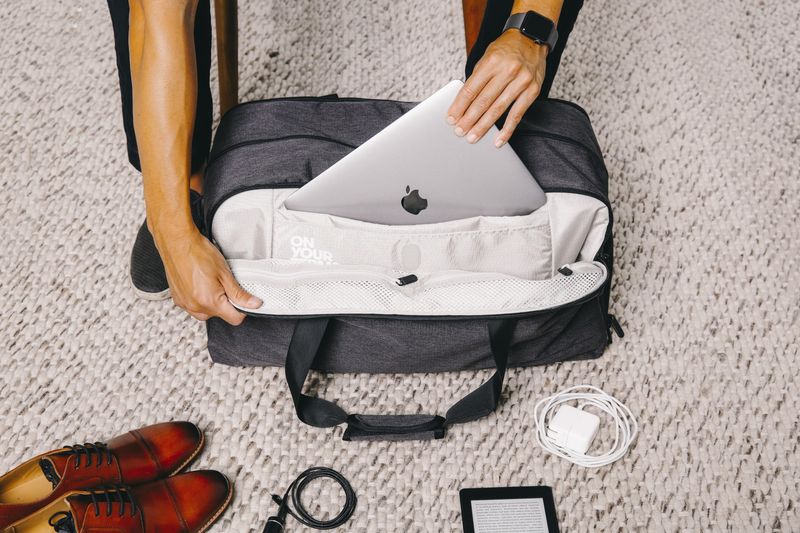
Seasoned crew members pack laptops and large electronics near the top of their carry-on bags for strategic reasons. TSA officers frequently request travelers to power up devices or separate them for additional screening.
Having electronics easily accessible prevents the dreaded luggage explosion in security lines. Nobody wants to repack scattered belongings while stressed travelers wait impatiently behind them.
Professional flight attendants also keep charging cables readily available since security sometimes requests device demonstrations. This simple organization technique transforms potentially chaotic security experiences into smooth, efficient processes that respect everyone’s time.
6. Use one compression cube per outfit block
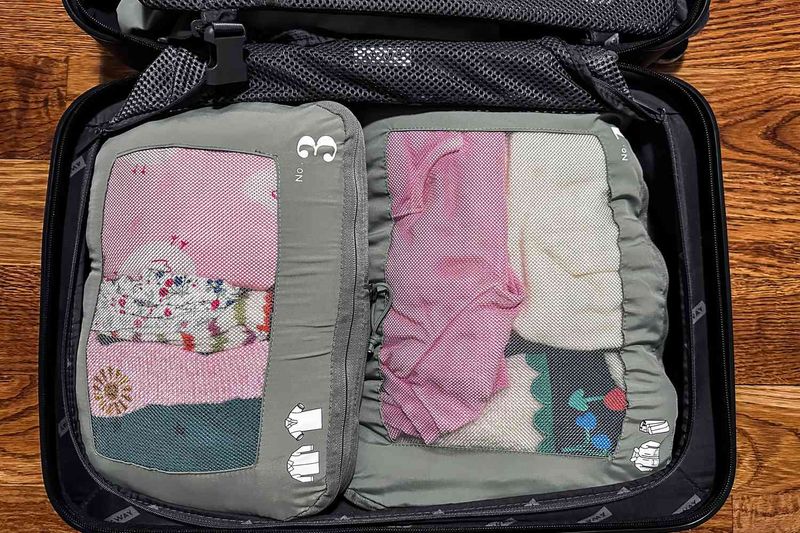
Professional flight attendants swear by dedicating individual compression cubes to complete outfit combinations. Each cube contains two or three mix-and-match looks that work together seamlessly for different occasions.
The secret involves gentle compression rather than aggressive vacuum-packing, which prevents stubborn wrinkles and maintains fabric integrity. This technique also makes mid-trip repacking incredibly fast and organized.
When crew members need specific outfits, they simply grab the appropriate cube without disturbing other carefully packed items. This system eliminates decision fatigue and ensures every piece coordinates perfectly with others in the same cube.
7. Capsule your wardrobe

Flight attendants master capsule wardrobes by selecting two neutral colors plus one vibrant accent color for entire trips. This strategic color palette ensures every piece coordinates effortlessly with others.
The magic formula includes three versatile tops, two bottoms, and one pair of shoes that transition from day to night. Wearing your bulkiest layers during flights saves valuable luggage space.
This approach eliminates overpacking anxiety while ensuring appropriate outfits for any situation. Professional crew members can create multiple distinct looks using fewer items, proving that strategic planning beats quantity every time.
8. Pack a micro laundry kit
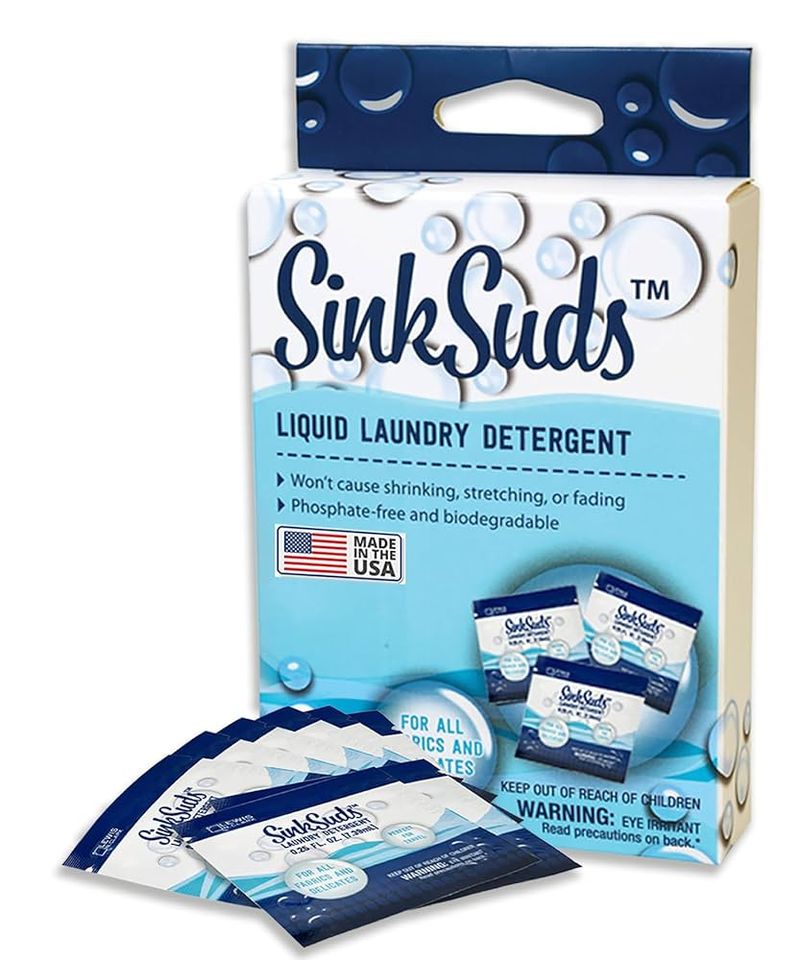
Experienced flight attendants extend their wardrobes significantly with compact laundry supplies. A flat sink stopper, detergent sheets, and a travel clothesline take up minimal space but provide maximum utility.
Solid detergent sheets avoid liquid restrictions while delivering excellent cleaning power. A quick 10-minute rinse in hotel sinks refreshes garments and eliminates the need for excessive clothing quantities.
This strategy proves especially valuable during extended layovers or multi-city trips. Fresh, clean clothes boost confidence and comfort while maintaining the carry-on-only lifestyle that seasoned travelers prefer for its convenience and cost savings.
9. Smart toiletries bag equals no leaks
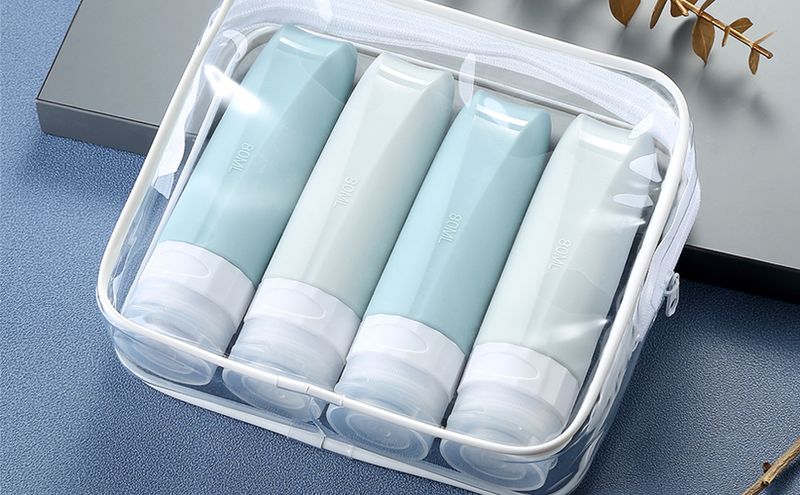
Professional crew members prevent messy spills through strategic toiletry organization techniques. They decant products into genuinely leakproof bottles, store them upright in dedicated pouches, and add plastic wrap under caps for extra protection.
Keeping the TSA-compliant liquids bag separate from other toiletries ensures grab-and-go convenience during security screening. This separation also contains any potential leaks away from other important items.
Flight attendants learned these techniques after experiencing ruined clothing and electronics from poorly sealed containers. Their systematic approach eliminates stress and protects valuable belongings throughout countless trips.
10. Know what actually fits on board
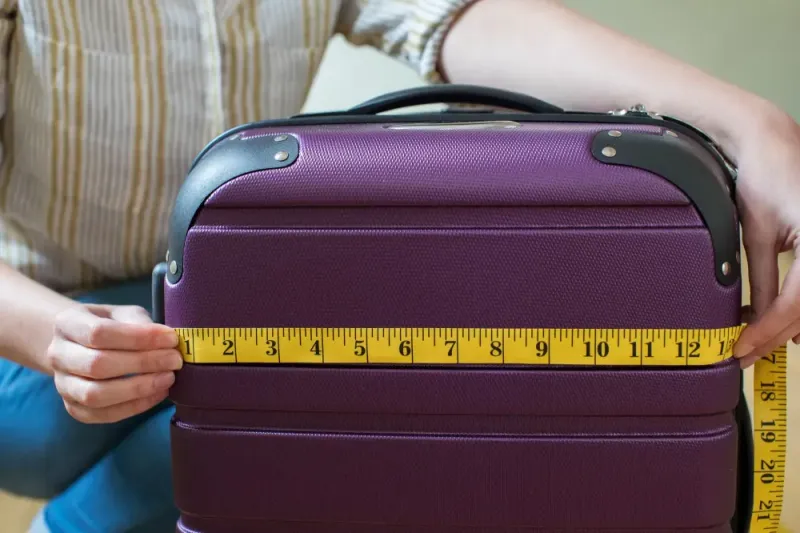
Veteran flight attendants emphasize checking specific airline carry-on restrictions before every trip, as size and weight limits vary significantly between carriers. Regional jets and international airlines often have stricter requirements than major domestic carriers.
Measuring luggage including wheels and handles prevents unpleasant surprises at the gate. Many travelers forget that extendable handles and protruding wheels count toward total dimensions.
Crew members recommend keeping a tape measure handy and checking airline websites rather than assuming universal standards. This preparation avoids expensive gate-check fees and ensures smooth boarding experiences.
11. Shave kit sanity
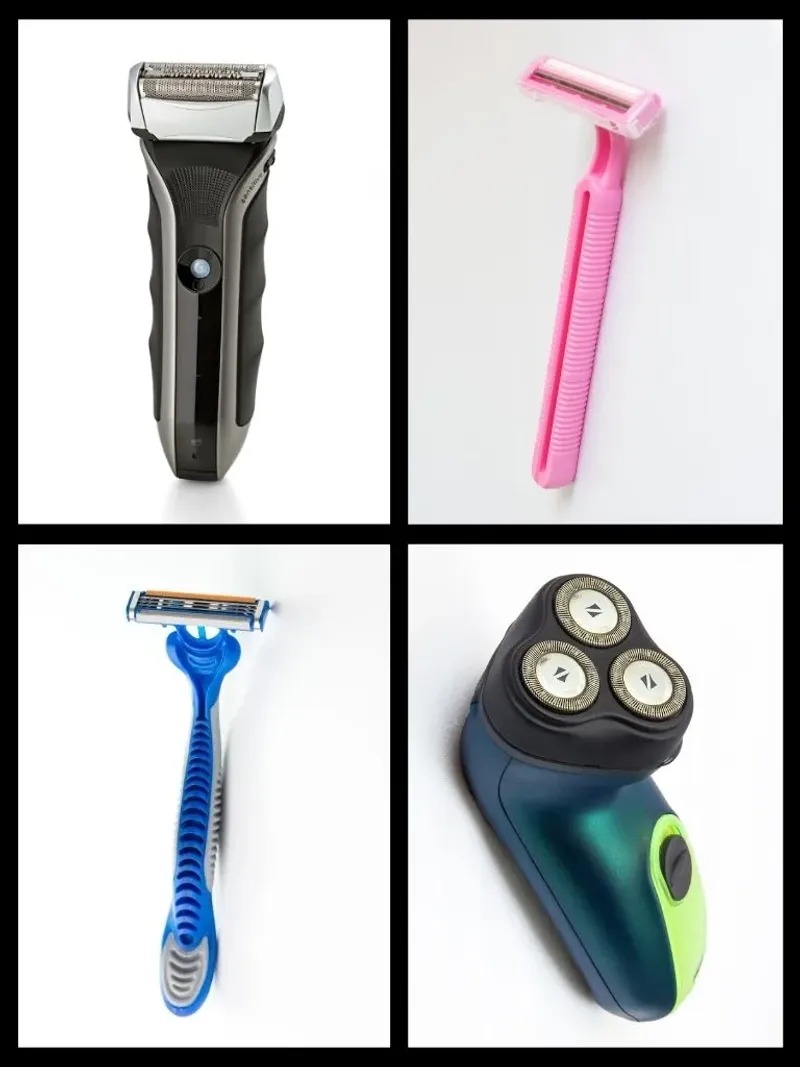
Flight attendants navigate shaving equipment regulations with confidence by understanding TSA rules completely. Disposable razors and electric shavers receive full approval for carry-on luggage without restrictions or special procedures.
However, safety razors with removable blades and straight razors must travel in checked luggage only. The blade components pose security concerns that require cargo hold storage.
Professional crew members stick to disposable options for carry-on convenience, avoiding any potential confiscation issues. This knowledge prevents last-minute repacking and ensures personal grooming supplies remain accessible throughout travel days and extended layovers.

